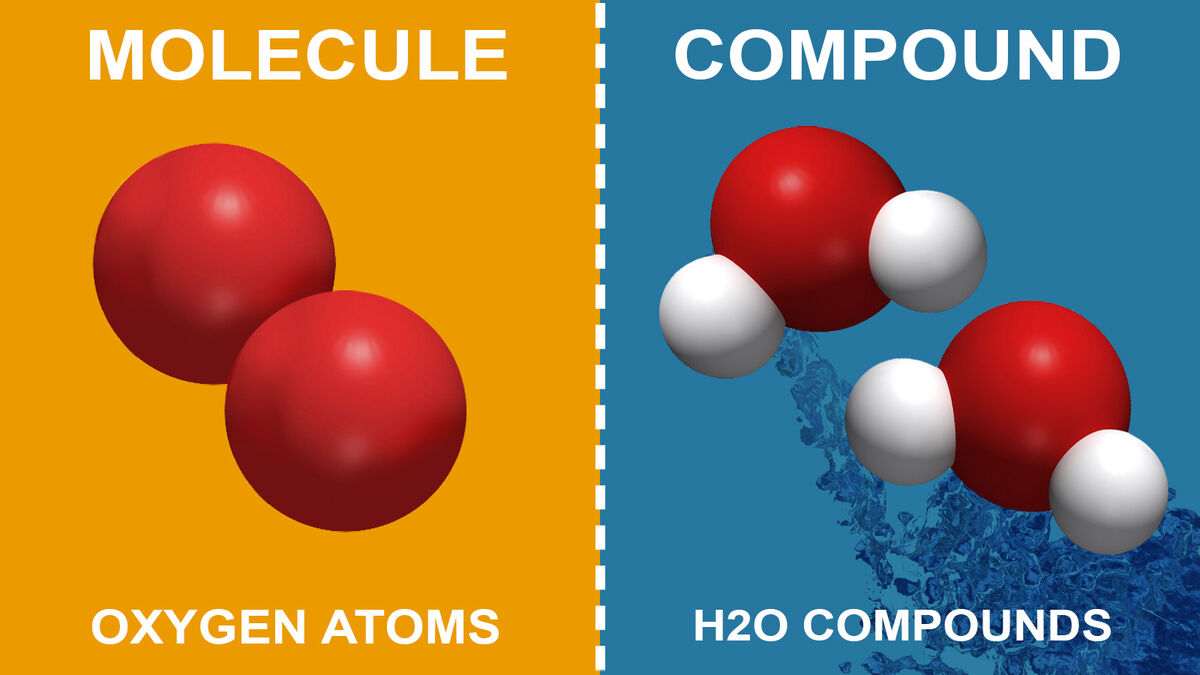
Almost every day, we encounter substances that dissolve in water, transforming in ways that enable chemical reactions and biological processes. Yet, lurking in the shadows of this seemingly straightforward phenomenon is an intricate world where some compounds resist the embrace of H2O. Understanding which compounds will exhibit minimal solubility in water unveils a tapestry of ionic bonds, molecular geometry, and intermolecular forces, each playing their unique role in this aqueous ballet.
In the realm of chemistry, the solubility of a compound in water is predominantly governed by its molecular structure. At the core of this intricacy lies the essential dichotomy: polar versus nonpolar. Polar molecules, characterized by their uneven distribution of electron density, offer pathways for solvation. In contrast, nonpolar counterparts lack this symmetrical charge distribution, rendering them largely insoluble in the polar environment of water.
Let us delve into the characteristics that dictate solubility. The principle of “like dissolves like” posits that polar solutes dissolve well in polar solvents, while nonpolar solutes find compatibility with nonpolar solvents. Consequently, when we probe into the least soluble compounds, we often venture into the territory of large, hydrophobic molecules, which resist interaction with water’s polar nature.
The solubility diminishes dramatically for ionic compounds with significant lattice energies. Consider the salt barium sulfate (BaSO4) as a case study. Although it is an ionic compound, the extensive energy required to rupture its lattice structure far exceeds the energy released during its interaction with water molecules. This leads to barium sulfate being classified as poorly soluble, marking it as a quiet stalwart amidst the solubility constellation.
Another quintessential example is silver chloride (AgCl). Considered a classic insoluble salt, it showcases the complexity of ionic interactions. Its dissolution is curbed not merely by lattice energy, but also by a strong propensity for ion pairing in solution. This interaction leads to the formation of neutral species that further impede solubility. Thus, while AgCl may superficially seem poised for dissolution, underlying dynamics ensconce it in a realm of minimal aqueous presence.
Beyond ionic compounds, covalent compounds such as hydrocarbons occupy a significant space in understanding solubility patterns. These molecules, devoid of polar bonds, languish in water’s embrace but form intricate patterns in nonpolar environments. When contemplating hydrocarbons, from methane (CH4) to more complex alkanes, the absence of polar functional groups makes them obstinately insoluble in water yet beautifully versatile in organic environments. The larger the hydrocarbon chain, the further it drifts from the solubility ethos, rendering it practically hydrophobic.
As the narrative unfolds, the role of molecular geometry and size cannot be underestimated. Aromatic compounds, with their intricate ring structures, also navigate the waters of solubility with reluctance. Benzene (C6H6), for example, is a potent illustration of a structurally lovely compound that spurns interaction with water, reinforcing that molecular aesthetics can belied practical functionalities. The compact geometry contributes to its nonpolar nature, encapsulating it in the realm of insoluble entities.
Delving into the nuances of solubility, the influence of temperature emerges as a significant variable. While many compounds demonstrate increased solubility with rising temperatures, a number of poorly soluble salts—like certain sulfates—exhibit a contrary behavior. This intriguing anomaly reveals hidden chemistries, where the intuitive norms of solubility are challenged by prevailing thermodynamic principles.
Moreover, temperature fluctuations can alter the solvation dynamics of compounds, creating a shifting landscape in the quest for solubility. Thus, whilst considering the least soluble compounds, one must maintain a vigilant eye on the temperature’s influence, becomingque yoher aspects of chemical behavior remain tightly interwoven in the greater fabric of solubility.
Likewise, the addition of co-solvents or salts can intriguingly adjust the solubility landscape, providing a compelling testament to the complexity involved. Salting-out effects, where increased ionic strength diminishes solubility by disrupting hydration shells around solute molecules, introduces yet another layer. This phenomenon deftly illustrates chemistry’s intertwined nature, highlighting how seemingly simple interactions can yield profound transformations.
In summation, traversing the landscape of solubility leads to a deeper understanding of compounds that exhibit resistance to dissolution in water. Compounds such as barium sulfate and silver chloride serve as poignant reminders of the hidden intricacies in this realm. The dance of molecular interactions, orchestrated by lattice energies, geometric considerations, and temperature variations, vividly underscores that the chemistry of solubility is far more than meets the eye.
As we peel back the layers, we find a world where polar and nonpolar entities, ionic and covalent compounds, all converge in a complex interplay, revealing chemistry’s inherent beauty and enigmatic appeal. In the context of least soluble compounds, we not only unveil the patterns that govern solubility but also appreciate the intrinsic stories each substance holds, waiting to be discovered.
